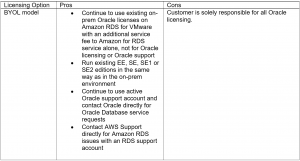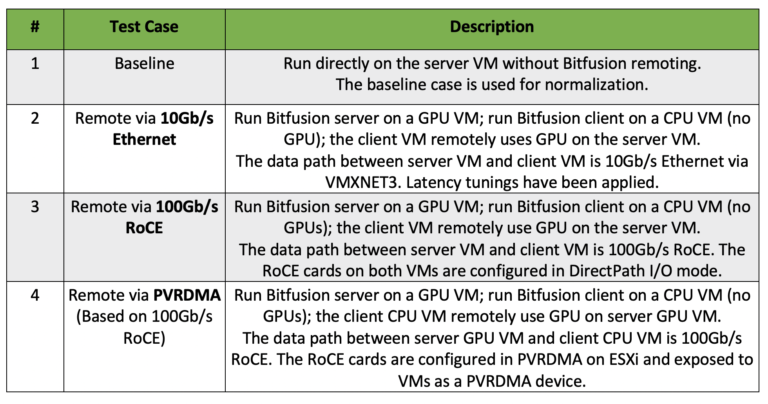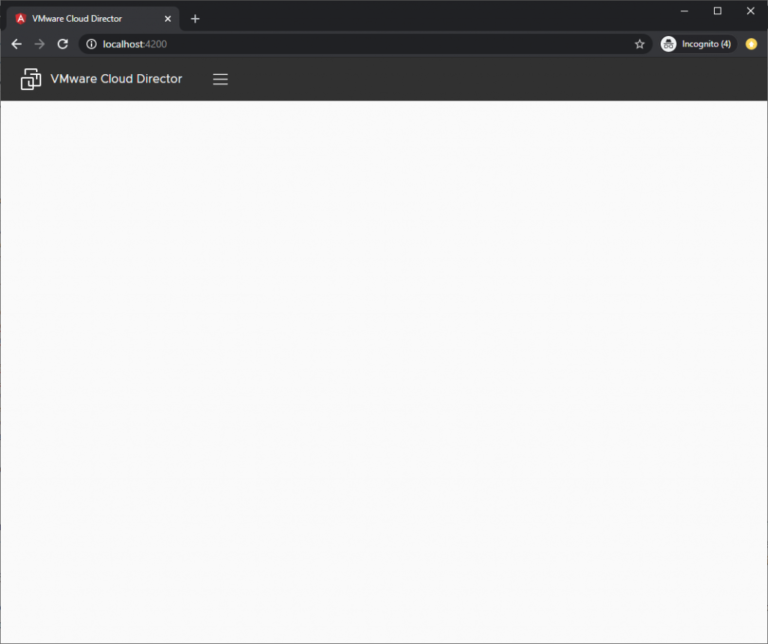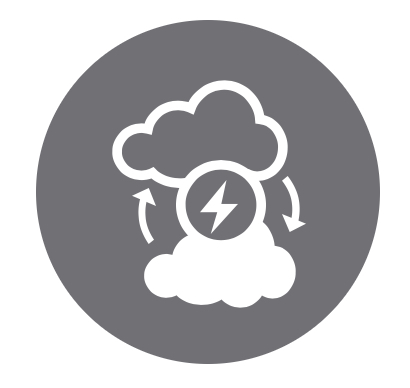Introduction to Amazon RDS on VMware
Contents
- 1 Introduction to Amazon RDS on VMware
- 2 Key Points to take away from this blog
- 3 Understanding Oracle Licensing on VMware vSphere / vSAN environments
- 4 Deploying Oracle Workloads on VMware environments
- 5 VMware Cloud on AWS – Compute Cluster Configuration
- 6 Understanding Oracle Licensing on the VMware Cloud on AWS
- 7 Understanding Oracle Licensing Options & Costs for Oracle on Amazon RDS
- 8
- 9 Licensing Oracle in Multi-AZ Deployments
- 10 Understanding Oracle Licensing options for Oracle on Amazon RDS on VMware
- 11 Oracle Licensing Options with Oracle on Amazon RDS on VMware – Summary
- 12 Conclusion
During VMworld 2018 US, VMware and Amazon announced Amazon Relational Database Service (Amazon RDS) on VMware.
Amazon RDS on VMware is a service that will make it easy for customers to set up, operate, and scale databases in VMware-based software-defined data centers and Hybrid environments and to migrate them to AWS or VMware Cloud on AWS.
AWS RDS on VMware automates database provisioning, operating system and database patching, backup, point-in-time restore, storage and compute scaling, instance health monitoring, and failover.
RDS for VMware can also be used to enable low-cost, high-availability hybrid deployments, database disaster recovery to AWS, read replica bursting to Amazon RDS, and long-term database archival in Amazon Simple Storage Service (Amazon S3).
Amazon RDS on VMware will be generally available soon and will support Microsoft SQL Server, Oracle, PostgreSQL, MySQL, and MariaDB databases.
More information can be found here.
Key Points to take away from this blog
Oracle licensing does not change, whether you run Oracle workloads on a classic vSphere environment, Hyper-Converged Infrastructure solution like vSAN, or VMware Cloud on AWS.
Understanding Oracle Licensing on VMware vSphere / vSAN environments
As has been well documented, Oracle licensing is not based on Memory, Storage, Cluster, vCenter or Network. It is either
- User-based (Named User Plus)
- Processor-based (Socket-based in case of Standard Edition 2 (SE2)
- Core-based in case of Enterprise Edition (EE)
There are only 3 documents which are relevant for any Oracle licensing discussion and contract:
As per the OLSA/OMA , “Processor: shall be defined as all processors where the Oracle programs are installed and/or running.”
The position of House of Bricks (HoB) (and the Crowell & Moring lawyers) is these 3 above documents are the only relevant documents, and that Oracle’s efforts to introduce unilaterally , any other elements to the overall contract are not binding. However, VMware is not in a position to give legal advice to customers about their contractual relationship with Oracle.
Deploying Oracle Workloads on VMware environments
Some key things to keep in mind when we talk about VMware vSphere Platform, ESXi hypervisor, and vSAN:
- VMware vSphere is a platform of virtualized hardware that creates a total abstraction layer between the O/S and the Hardware
- ESXi, is a non-Para virtualized, Type1 hypervisor and therefore makes no changes to the kernel of the guest operating system
- VMware vSAN, the industry-leading software powering Hyper-Converged Infrastructure solution, in no way changes the location of where compute runs, and hence does not impact the licensing of any CPU Core or Socket based licensing
More information on this can be found here.
VMware Cloud on AWS – Compute Cluster Configuration
At the point of writing this blog, the minimum size SDDC that can be created in VMware Cloud on AWS is 1 host with the Single Host SDDC. However 1 host SDDCs have a limited SLA and are not for production use.
The VMware Cloud on AWS minimum standard cluster configuration contains 3 hosts. Each host is an Amazon EC2 I3.metal instance. These hosts have dual 2.3 GHz CPUs (custom-built Intel Xeon Processor E5-2686 v4 CPU package) with 18 cores per socket (36 cores total), 512 GiB RAM, and 15.2 TB Raw NVMe storage. The maximum cluster size is 32 ESXi hosts.
With the multi-AZ capability announced in 2018, one can deploy a Stretched cluster which is a deployment model in which two or more VMware Cloud on AWS clusters are part of the same logical cluster but are located in separate Availability Zones. There are requirements with stretched clusters that limit the actual cluster size to 28 nodes. An SDDC can have either single AZ clusters or stretched clusters.
More details of the VMware Cloud on AWS base cluster configuration can be found here.
Understanding Oracle Licensing on the VMware Cloud on AWS
With VMware Cloud on AWS, customers who wish to deploy a dedicated SDDC cluster for their Oracle workloads using Enterprise Edition (EE) will use the same formula for calculating the effective number of cores as they have in non-cloud-based systems.
More information on this can be found here.
Understanding Oracle Licensing Options & Costs for Oracle on Amazon RDS
As per the Oracle on Amazon RDS article, there are two licensing options available for Amazon RDS for Oracle
- License Included
- Bring Your Own License (BYOL)
After you create an Oracle DB instance on Amazon RDS, you can change the licensing model. More information about that can be found here.
Option 1 – License Included
In the License Included model, you don’t need to purchase Oracle licenses separately; AWS holds the license for the Oracle database software. In this model, if you have an AWS Support account with case support, you contact AWS Support for both Amazon RDS and Oracle Database service requests.
The License Included model is supported on Amazon RDS for the following Oracle database editions
- Oracle Database Standard Edition One (SE1)
- Oracle Database Standard Edition Two (SE2)
“License Included” pricing starts at $0.04 per hour, inclusive of software, underlying hardware resources, and Amazon RDS management capabilities.
More information on SE , SE1 and SE2 editions can be found in the Oracle Database Standard Edition 2 and Database Licensing documents.
Option 2 – Bring Your Own License (BYOL)
In the Bring Your Own License model, you can use your existing Oracle Database licenses to run Oracle deployments on Amazon RDS. You must have the appropriate Oracle Database license (with Software Update License and Support) for the DB instance class and Oracle Database edition you wish to run.
In this model, you continue to use your active Oracle support account, and you contact Oracle directly for Oracle Database service requests.
If you have an AWS Support account with case support, you can contact AWS Support for Amazon RDS issues. Amazon Web Services and Oracle have a multi-vendor support process for cases which require assistance from both organizations.
The Bring Your Own License model is supported on Amazon RDS for the following Oracle database editions
- Oracle Database Enterprise Edition (EE)
- Oracle Database Standard Edition (SE)
- Oracle Database Standard Edition One (SE1)
- Oracle Database Standard Edition Two (SE2)
One can use the “BYOL” model to run Oracle databases on Amazon RDS, with rates starting at $0.025 per hour. The “BYOL” model is designed for customers who prefer to use existing Oracle database licenses or purchase new licenses directly from Oracle
More information about the licensing costs can be found here.
More information about the different licensing options can be found here.
Licensing Oracle in Multi-AZ Deployments
Amazon RDS supports Multi-AZ deployments for Oracle as a high-availability, failover solution which is recommended for business critical production workloads.
Licensing Oracle for Stretched Clusters for VMware Cloud on AWS will follow the same rules as Licensing Oracle for VMware Cloud on AWS for all AZ’s.
Understanding Oracle Licensing options for Oracle on Amazon RDS on VMware
Amazon RDS on VMware is a service that will make it easy for customers to set up, operate, and scale databases in VMware-based software-defined data centers and hybrid environments and to migrate them to AWS or VMware Cloud on AWS.
For Amazon RDS on VMware , only BYOL (Bring Your Own License) / BYOM (Bring Your Own Media) model will be supported. Amazon DMS (Database Migration Service) will be compatible with Amazon RDS on VMware.
Oracle Licensing Options with Oracle on Amazon RDS on VMware – Summary
Customers with existing on-prem Oracle licenses can choose to go with the BYOL licensing model if they wish to take advantage of Oracle on Amazon RDS on VMware.

Conclusion
In conclusion, Customers with existing on-prem Oracle licenses can choose to go with the BYOL licensing model if they wish to take advantage of Oracle on Amazon RDS on VMware.
In the BYOL mode, customers can continue to use existing on-prem Oracle licenses on Amazon RDS for VMware with an additional service fee to Amazon for RDS service alone, not for Oracle licensing or Oracle support
Oracle licensing does not change, whether you run Oracle workloads on a classic vSphere environment, Hyper-Converged Infrastructure solution like vSAN, or VMware Cloud on AWS or Oracle with Amazon RDS on VMware with BYOL model.
All Oracle on vSphere white papers including Oracle licensing on vSphere/vSAN, Oracle best practices, RAC deployment guides, workload characterization guide can be found in the following documents:
Oracle on VMware Collateral – One Stop Shop
Thanks to Morry Katz, Ajay Patel , Roger Freixa, Jonathan Nimer , Charu Chaubal, Don Sullivan and Vas Mitra for their inputs.






